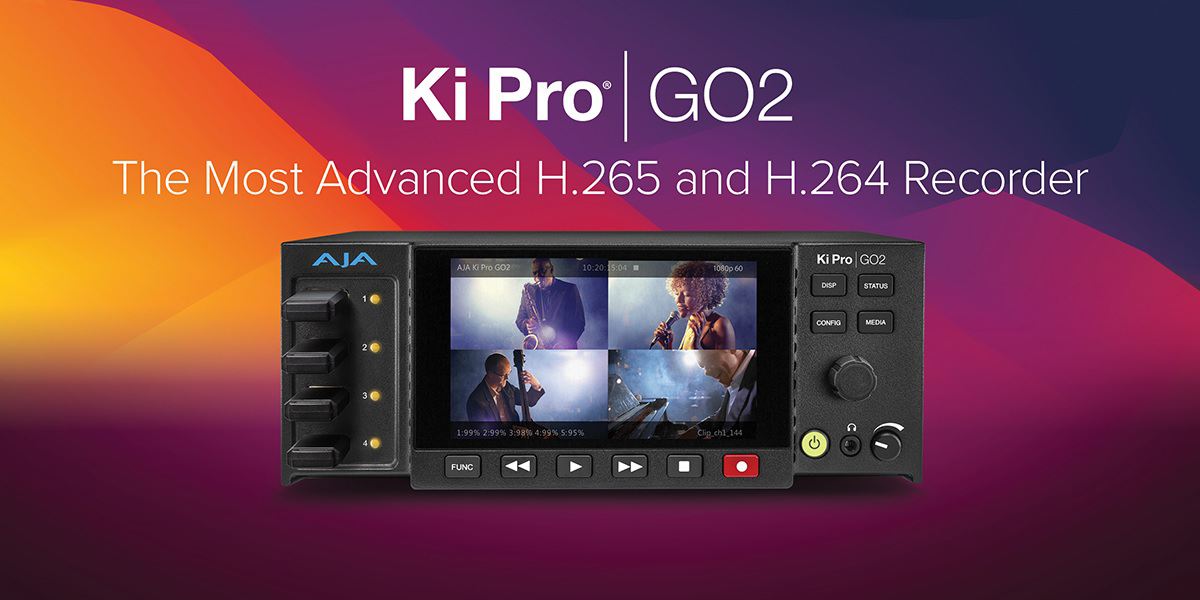
24.03.2025
SKAARHOJ Mega Panel

21.03.2025
Blackmagic Camera 9.3 Update

18.03.2025
ATEM Switchers 9.7 Update

24.08.2024
Just launched: The new Sony PXW Z200

20.07.2024
Blackmagic Design HyperDeck 8.4.1 Update

13.06.2024
Meet AJA Ki Pro GO2

01.03.2024
HAIVISION TRANSMITTERS AT THE NYC MARATHON

10.02.2024
New Sony FX6 V5 in May

01.02.2024
BROADCAST PREDICTIONS FOR 2024

25.10.2023
IBC-2023 show
Load more






